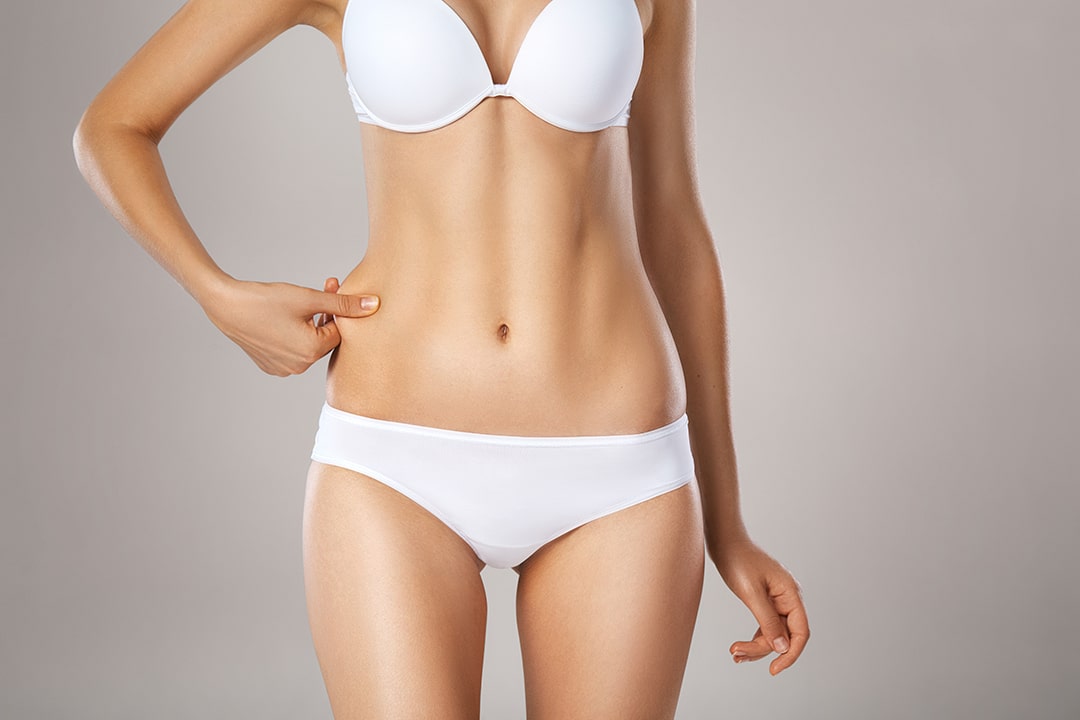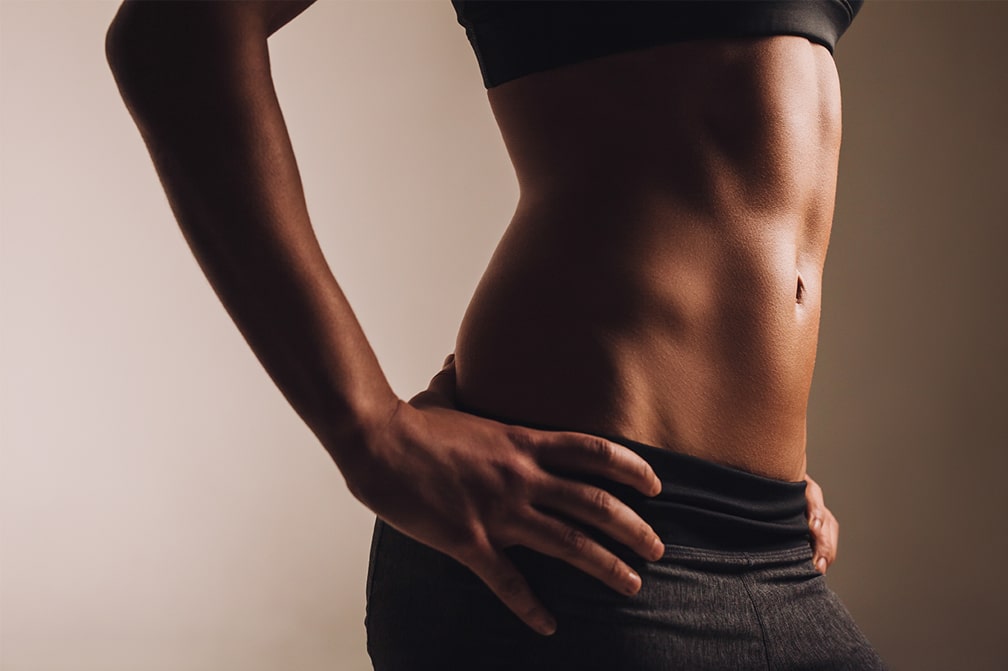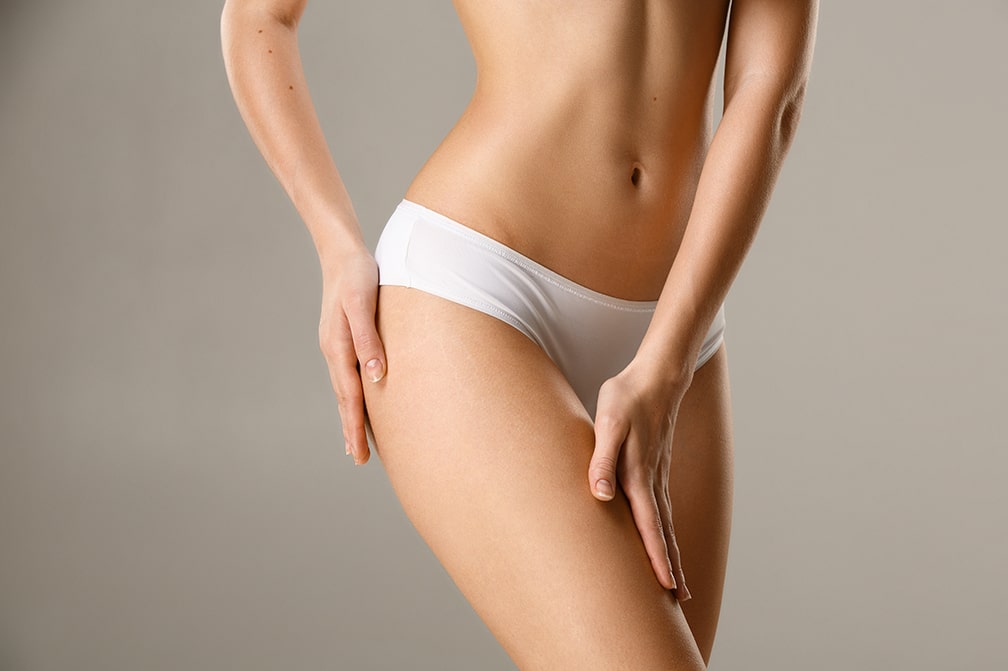Liposuction is a cosmetic procedure that involves the removal of stubborn body fat with the aim of improving the overall appearance of the body. Fat removed during liposuction should not return as long as you maintain a stable weight after the procedure.
Liposuction is a cosmetic procedure that involves the removal of stubborn body fat with the aim of improving the overall appearance of the body. One of the main advantages of liposuction is that typically results are indeed permanent. Fat removed during liposuction should not return as long as you maintain a stable weight after the procedure.Current surgical guidelines suggest that about 0.5 to 6 liters of fat can be removed safely per treatment.
For women, liposuction is typically used to address the hips, thighs, love handles, buttocks and knees. For men, it is mostly used to treat the chest, stomach and the neck.Small liposuction procedures can be safely performed under local anesthesia, although larger operations (including more than one area) usually require general anesthesia.
Small liposuction procedures can be safely performed under local anesthesia, although larger operations (including more than one area) usually require general anesthesia.
You may be a good candidate for liposuction if:
- You are within 30% of your ideal body weight
- You have stubborn localized fat deposits that do not respond to diet or exercise (typical treatment areas are the stomach, thighs, arms, buttocks, cheeks, knees and ankles)
- You would like to have better definition and a sleeker body contour in a specific area of your body
- You follow a balanced diet and a healthy lifestyle
You will also need to be physically and mentally healthy and have realistic expectations. Liposuction can be performed at any age, although younger people tend to have more elastic skin and therefore might experience quicker recovery with better results.
There are a few different ways a liposuction can be performed. What they all have in common is the use of a thin tube, a cannula, which is connected to a surgical vacuum to literally suction the fat from your body.
Your plastic surgeon will walk you through the different options and help you find the most suitable method during your consultation.
The most popular type of liposuction, tumescent liposuction is safer and more effective and requires less recovery time than standard liposuction. It is performed by injecting a solution containing lidocaine and epinephrine into the treatment areas. After injecting the solution, the surgeon will place a small incision to insert the cannula, which is connected to the liposuction machine.
Tumescent liposuction allows for liposuction to be performed completely under local anesthesia as well as effectively preventing surgical blood loss.
Also known as ultrasonic liposuction, VASER liposuction has become increasingly popular in Bangkok over the last few years. This is a more precise technique that utilizes ultrasonic waves to target fat cells, essentially liquifying them, which makes fat removal much easier.
One of the main advantages of ultrasound-assisted liposuction is that it helps reduce pain and swelling after the surgery. It also allows the surgeon to target areas with dense fat deposits and is primarily used for fat removal in areas that would be difficult to treat with suction-based liposuction, including the chin, neck, cheeks, knees, and ankles.
An Arm Lift or Brachioplasty is a cosmetic procedure that surgically removes aesthetically unpleasing saggy upper arms resulting from weight loss, pregnancy, or aging.
Loose upper arm skin is a very common cosmetic concern. Typical causes include significant weight loss, pregnancy or aging. Often, once a person loses weight the skin tissue can no longer recover, which leads to flaps of loose skin hanging from the upper arms.
The thighs can lose their original shape and start accumulating fat as a result of aging. The skin on the inner and outer thighs can also start to sag or appear flabby. Sometimes patients are left with excess loose skin on the thighs as a result of significant weight loss. Although exercise helps to improve the condition of the muscles, it cannot make the skin more elastic. Stubborn fat deposits often don’t respond to exercise either.
Thigh lift, also known as thighplasty, is a surgical procedure that aims to refine the thighs by removing excess skin and fatty tissue from the upper legs. The result is a smoother, more aesthetically pleasing contour for the lower body, more prominent muscle tone, smoother skin and a more youthful thigh shape.



